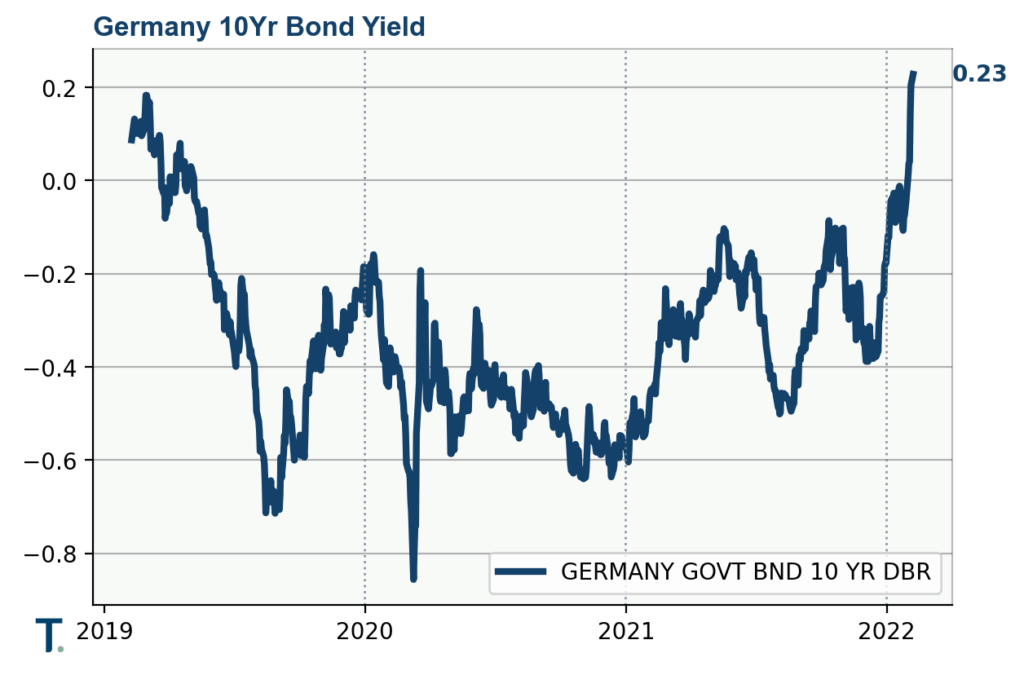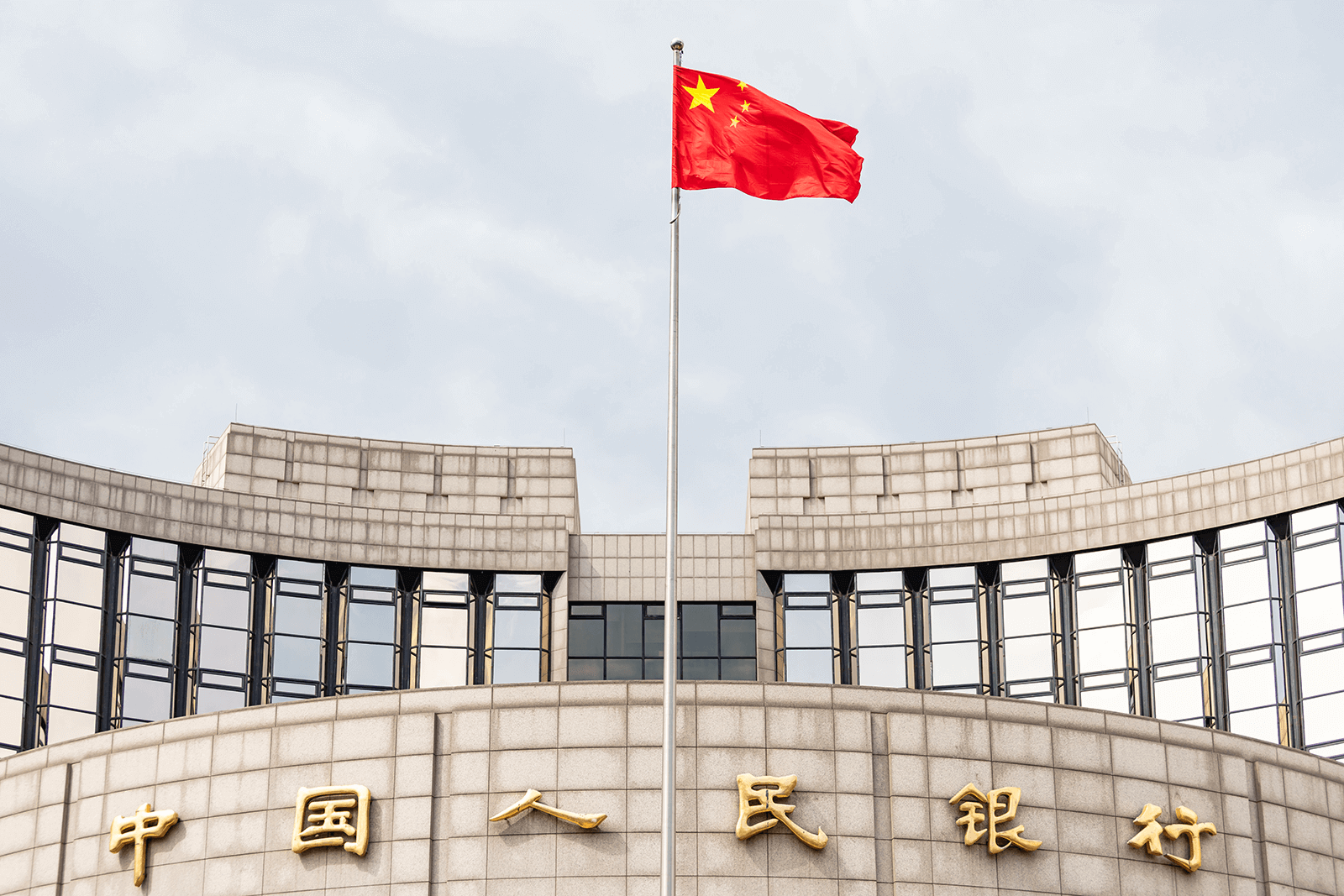Financial markets have suffered a rough start to the year, amid a rapidly spreading Omicron variant, runaway inflation, a marked change in Fed rhetoric (which pushed bond yields up sharply) and intensifying tensions on the Ukraine/Russia border. Amid this flow of negative news, we do note, however, some encouraging signs – be it on the health, energy and geopolitical fronts.
Let us begin with Omicron. A couple of months ago, in this very same letter, we wrote that “it might actually come to be considered “good news”, to the extent that it could rapidly supplant Delta (which is currently placing great strain on health systems) and lead to herd immunity being – at long last – reached”. A scenario that has since come true, to the point that Covid-related restrictions are now being lifted in many countries, if not completely abandoned. Needless to say, this will be supportive for economic activity going forward.
On the oil price front, a source of much investor concern to the extent that it has been one of the big drivers of the inflation surge, we would not be surprised to see a deal with Iran struck in the coming weeks. Following former US President Trump’s rejection of the nuclear deal, thus reinstatement of heavy economic sanctions, Iran struck a 25-year economic deal with China, involving Iranian oil shipments to China – at a steep discount – and Chinese investments in Iran. To what extent this deal has been fulfilled is unclear but what we do know is that discussions with the Western countries are ramping up. Until recently, it was mainly Europe (indeed mainly France whose companies are keen to resume their investments in Iran) that sat at the – unofficial – negotiation table. The US are now officially back into the discussions, with an objective of easing upward pressures on the oil price, via a return of Iranian oil to the global market.
For the fact of the matter is that OPEC and Russia are having great trouble in just meeting their production targets, let alone ramping them up by 400,000 barrels/day each month as promised. Historically, in such an oil pricing context, cheating on quotas always prevailed. Not this time around though, which is revelatory of the deficit in investment in new oil production projects during the past few years. Incidentally, the same holds true for the US shale oil industry, where corporate governance has evolved towards the maximisation of free cash flow (rather than output), whose capex has been limited to maintenance.
We realise of course that it will be no easy task for President Biden to strike a deal with the Iranian “arch enemy”, given the ongoing domestic political issues. But should the negotiations come to fruition, this would clearly be welcomed by financial markets as a whole. Oil and oil-related equities risk being an exception, such that buying options to protect existing positions may be warranted. But we would refrain from selling oil stocks, to the extent that fundamentals remain very supportive: oil demand well exceeds production and inventories are at low levels. Even if we are correct to expect that Iranian oil could soon come back to the market, this would only be a short-term fix – not a long-term solution. And oil stocks still trade cheaply relative to (largely underestimated) cashflows.
Finally, Ukraine. In our assessment, Vladimir Putin may well have overplayed his hand and is now (subtly) changing his attitude – which should lead to Russia retiring its troops from the Ukrainian border. Indeed, if the gas price continues to rise as sharply as it has of late, the US is likely to initiate shipments to Europe, via channels that will then be difficult to close – meaning a lasting displacement of Russian gas. Which in our view is probably why Russia asked France, Germany and Ukraine to reopen discussions regarding the 2014-2015 Minsk agreement.
For those unfamiliar with this agreement, it contains a series of measures which, if applied, should have solved the issues pertaining to the two eastern separative Ukrainian provinces (Donetsk and Luhansk). More specifically, it planned to give these – predominantly Russian-speaking provinces – greater independence, with their own governments and the organisation of democratic elections. This did not become effective though, because Ukraine demanded that Russian-related troops leave before such elections be organised. And Russia, in turn, feared that such a departure would leave the two provinces under Ukrainian army control, precluding truly democratic elections. Finding a solution on this front would enable President Putin to claim a victory and in turn step back on his other revendications, notably regarding NATO, without losing face. A development that would obviously also be greeted by investors.
INFLATION, CENTRAL BANKS AND CHINA: STILL MATTERS OF CONCERN
But even if energy prices do calm down, thanks to a return of Iranian oil production and an easing of geopolitical tensions in Eastern Europe, we are not out of the woods on the inflation front. The ripple-through effects of fast increasing transportation costs and higher labour costs, for instance, have yet to be felt. Producers are currently in a battle with retailers to push through price increases on final products.
Also it is becoming clearer by the day that central banks have fallen behind the curve. The Fed has all but admitted this over the last few weeks, shifting to a more hawkish tone. The ECB remains steadfast in its ultra-accommodative stance, but will also, at some point, have no choice but to change its policy. If only because of pressure from its US counterpart, unwilling to let the dollar appreciate excessively because of a widening interest rate differential.
Last but not least, the Omicron situation in China remains a point of concern. As mentioned above, it is not a particularly “dangerous” variant. Still, for a country whose citizens have been little exposed to Covid-19, the spread of Omicron could get out of hand and hamper manufacturing production, adding to already prevalent tensions in the global supply chain.










